Intended Use
Simmons Citrate Agar (DM244) is used for differentiating members of Enterobacteriaceae on the basis of citrate utilization.
Product Summary and Explanation
Simmons Citrate Agar is recommended by Ewing and Edwards(1) for the differentiation of the family Enterobacteriaceae based on whether or not citrate is utilized as the sole source of carbon. Koser(2) first developed a liquid medium for differentiating coliforms. Fecal coliforms were unable to use citrate as the sole source of carbon and inorganic ammonium salt as a sole source of nitrogen. Non-fecal coliform, such as Enterobacter aerogenes or Salmonella enteritidis could use citrate in such a medium with resultant alkalinity. Simmons Citrate Agar is a modification of Koser’s medium to which bromothymol blue and 1.5% agar have been added. Organisms able to metabolize the citrate grow luxuriantly. The medium is alkalinized and changes from its initial green to deep blue in 24-48 hours. E. coli either do not grow at all on this medium, or grow so sparsely that no change in reaction is apparent. Simmons citrate agar is recommended for differentiation of enteric gram-negative bacilli from clinical specimens,,(3,4) water samples,,(5)and food samples..(6,7,8,9)
Principles of the Procedure
Ammoniun Dihydrogen Phosphate is the sole source of nitrogen in Simmons Citrate Agar. Magnesium is a cofactor for a variety of metabolic reactions. Phosphate acts as a buffer. Sodium citrate is the sole source of carbon in this medium. Sodium chloride maintains the osmotic balance of the medium. Agar is the solidifying agent. Bromothymol blue is the pH indicator. Organisms that can utilize ammonium dihydrogen phosphate and sodium citrate as their sole sources of nitrogen and carbon will grow on this medium and produce a color change from green (neutral) to blue (alkaline).
Formula / Liter
| Ingredients | : Gms / Liter |
| Magnesium sulphate | : 0.20 |
| Ammonium dihydrogen phosphate | : 1.00 |
| Dipotassium phosphate | : 1.00 |
| Sodium citrate | : 2.00 |
| Sodium chloride | : 5.00 |
| Bromothymol blue | : 0.08 |
| Agar | : 15.00 |
| Final pH (at 25°C) 6.8 ± 0.2 | |
| Formula may be adjusted and/or supplemented as required to meet performance specifications | |
Precautions
1. For Laboratory Use only.
2. IRRITANT. Irritating to eyes, respiratory system, and skin.
Directions
1. Suspend 24.28grams of the medium in one liter of distilled water.
2. Heat if necessary, to dissolve the medium completely.
3. Autoclave at 121°C , 15 psi pressure, for 15 minutes / validated cycle.
4. Mix well and pour into sterile Petri plates.
Quality Control Specifications
| Dehydrated Appearance | : Cream to yellow colored, homogeneous, free flowing powder |
| Prepared Medium | : Forest green coloured slightly opalescent gel forms in tubes as slants |
| Reaction of 2.43% Solution | : pH 6.8 + 0.2 at 25°C |
| Gel Strength | : Firm, comparable with 1.5% Agar gel |
Expected Cultural Response: Cultural characteristics observed after an incubation at 35 – 37°C for 18 – 48 hours.
| Sr. No. |
Organisms | Results to be achieved | ||
| Inoculum (CFU) |
Growth | Citrate utilisation |
||
| 1. | Enterobacter aerogenes ATCC 13048 |
50-100 | Good-luxuriant | Positive reaction, blue colour |
| 2. | Escherichia coli ATCC 25922 |
>=10³ | Inhibited | —- |
| 3. | Salmonella choleraesuis ATCC 12011 |
50-100 | Good-luxuriant | Positive reaction, blue colour |
| 4. | Salmonella enteritidis ATCC 13076 |
50-100 | Good-luxuriant | Positive reaction, blue colour |
| 5. | Salmonella typhi ATCC 6539 |
50-100 | Fair-good | Negative reaction, green colour |
| 6. | Salmonella typhimurium ATCC 14028 |
50-100 | Good-luxuriant | Positive reaction, blue colour |
| 7. | Shigella dysenteriae ATCC 13313 |
>=10³ | Inhibited | —- |
The organisms listed are the minimum that should be used for quality control testing.
 Simmons Citrate Agar (DM 244)
Simmons Citrate Agar (DM 244)
1. Control
2. Escherichia coli ATCC 25922
3. Enterobacter aerogenes ATCC 13048
4. Salmonella typhimurium ATCC 14028
5. Salmonella typhi ATCC 6539
6. Salmonella enteritidis ATCC 13076
Test Procedure
1. Obtain a pure culture of the organism to be tested.
2. With an inoculating needle or loop, pick the center of a well-isolated colonies obtained from solid culture media.
3. Streak only the surface of the slant with a light inoculums.
4. Incubate at 35± 2°C for 18-48 hours.
Results
A Positive reaction is indicated by growth on the slant with an intense blue color (alkaline reaction)
Storage
Store the sealed bottle containing the dehydrated medium at 10-30°C. Once opened and recapped, place container in a low humidity environment at the same storage temperature. Protect from moisture and light.
Expiration
Refer to the expiration date stamped on the container. The dehydrated medium should be discarded if not free flowing, or if the appearance has changed from the original color. Expiry applies to medium in its intact container when stored as directed.
Limitations of the Procedure
1. Due to nutritional variation, some strains may be encountered that grow poorly or fail to grow on this medium.
2. Some citrate positive organisms require a 48 hour incubation or longer for a pH change to occur.(10)


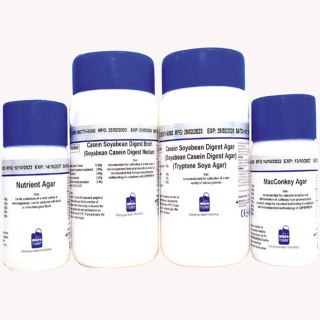



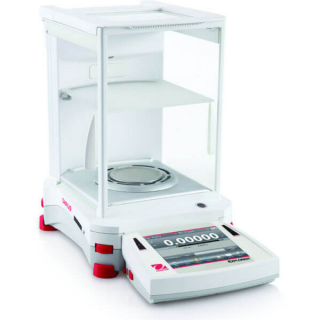
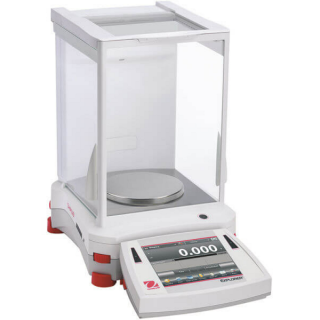
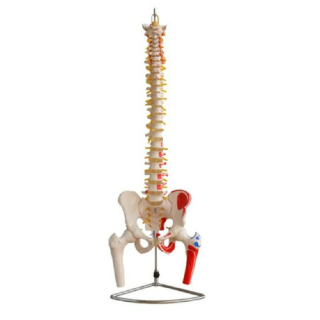
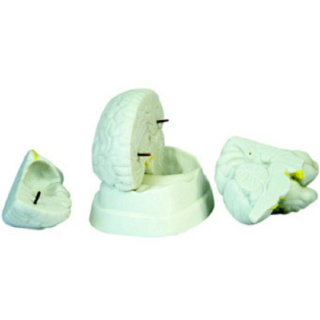
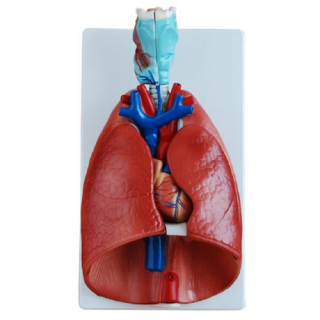

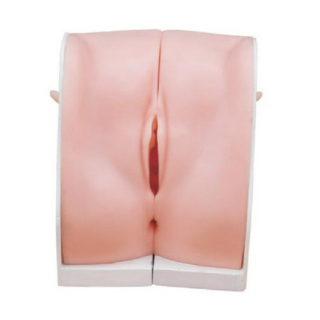
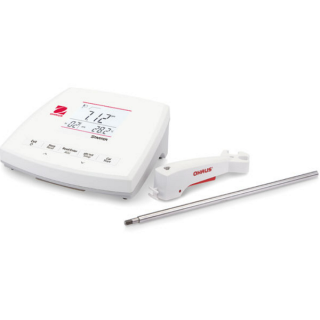
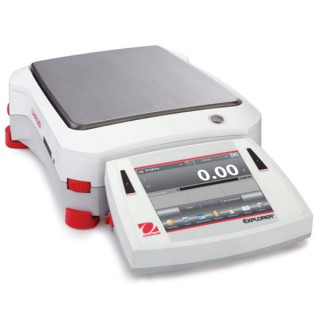

Reviews
There are no reviews yet.